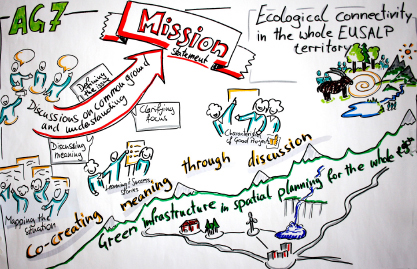Best Practice Examples from the Regions
Projects and initiative presented at the Conference ENCORE 2021
Exhibitors at ENCORE 2021
Green Infrastructure – EnRoute (Enhancing Resilience of urban ecosystems through green infrastructure)
Dublin City Region lab
Sustainable strategic urban planning: Development of multi-functional urban green and blue infrastructure and integration in regional planning.
Responsible region
Eastern & Midland Regional Assembly, Ireland
Partners
3 Strategic Planning Areas, 12 Local Authorities, 2.3 million persons
- European Commission, Committee of the Regions (CoR)

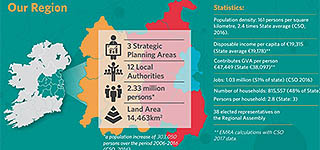
Project content
EnRoute, a European Parliament Pilot project, provides knowledge on how urban green infrastructure can support urban policy objectives at different stages of planning. EnRoute illustrates the way EU Biodiversity Strategy and the Green Infrastructure Strategy are implemented at the local scale in real-life case studies and policy-making processes. 18 city labs distributed across Europe form the project core, and they worked on the interaction between science and policy to support urban green infrastructure development at local level.
Integrating urban green infrastructure, ecosystem services and nature-based solutions in urban planning process can help policy-making for sustainable cities and contribute to resolving many challenges from air pollution and noise to tackling climate change, heat waves, floods and public health concerns.
EnRoute provides a forum for CoR members, policy makers and scientists to exchange ideas on how urban green infrastructure solutions can reconcile urban growth with sustainability.
Cities are confronted with many challenges; and at the same time, they can be a reservoir of innovations and of biodiversity. EU public authorities and civil society should work in partnership to support and encourage further initiatives to greening cities and make them better places to live.
The Greater Dublin Area contains some of the fastest growing communities in Ireland and the long-term trend has consisted of residential development moving further outwards from the urban centre of Dublin. Green infrastructure plays an important role in the creation of healthy and attractive places to live. A survey and a workshop with Irish stakeholders identified specific priorities for monitoring the indicators of importance:
- Flood Control
- Water quality and availability
- Recreation
The mapping identifies strategic Green Infrastructure Assets of importance in the Eastern and Midland Region:
- Land which the environment is helping to slow the movement of surface water run-off over the land into rivers and where is most at risk of flooding.
- Land that contributes most to filtering sediment from the water and, therefore improving water quality
- Wetlands which play an important role in regulating nutrient retention and pH buffering (in addition many peatlands and bogs are rich in biodiversity).
- Wetlands hold water upstream, soaking up water during wet periods and releasing it slowly which can delay flooding further downstream. This helps protect urban areas from the adverse impacts of flooding with potential to mitigate some climate change impacts.
- In urban areas the development of permeable surfaces can play a role in reducing and managing run-off and improving water quality and can provide a local amenity.
- Land management practices can affect water quality positively or negatively, this mapping has identified land that plays an important role in promoting good water quality which should be preserved due to this important function
- There are opportunities to connect bogs and peatlands particularly in the midlands of Ireland. Disused railway lines and canals represent an opportunity to connect important assets for the development of a greenway network.
There is a need to tackle the knowledge issue; among others, how to develop a set of data and indicators which cover the whole EU (so that they can be used for comparing or benchmarking cities) but which have sufficient spatial resolution to be relevant for local urban policy-making. Continuing efforts to encourage civil society’s role in knowledge making & sharing for greener cities is also necessary.
Link to the project website
Green Infrastructure – EUSALP Action Group 7 develops ecological connectivity in the Alpine Region
Responsible region
Bavaria
Partners
Group-Leader: Bavarian State Ministry of the Environment and Consumer Protection, Institute of the Republic of Slovenia for Nature Conservation
- Action Group Members from alpine states and regions and advising members from European Commission, Alpine Space Programme, Alpine Convention, NGOs and lead partners of related projects.
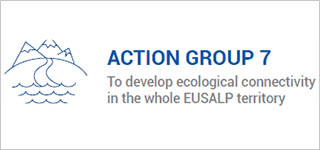
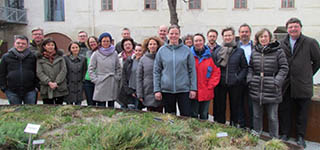
Project content
Via its Framework for regional cooperation, coordination and consultation in Green Infrastructure Action Group 7 works on specific objectives:
- To identify Alpine GI elements of transnational relevance, improve governance approaches and explore funding opportunities
- To promote the various benefits of GI as complementary solutions to Grey Infrastructure and bring GI onto the political agenda of the Alpine Region.
- To trigger tangible implementation initiatives and liaise with implementation partners from all relevant sectors to make GI visible and close gaps in the trans-European “network for life”.
With the first EUSALP Conference of Environmental Ministers held on 2 October 2017 in Munich the political landmarks were set to make the Alpine region a model for implementing the EU Green Infrastructure (GI) Strategy. 27 Alpine states and regions adopted the political declaration “Alpine Green Infrastructure – Joining forces for nature, people and the economy” in the presence of European Commission, European Parliament and Alpine Convention. In cooperation with the “LOS_DAMA!” project, funded by the INTERREG Alpine Space Programme, at the margins of the conference, Mayors of Alpine cities (Munich, Vienna, Torino, Trento, Grenoble) initiated a network on deploying Green Infrastructure in Alpine urban areas by signing a Memorandum of Understanding (MoU). Meanwhile further cities joined the MoU letting the network grow to 12 participating cities at the moment. Most recently the City of Innsbruck signed the MoU at the occasion of the Annual Forum in November 2018 in Innsbruck together with the Land Tyrol, represented by Vice-Governor Ingrid Felipe, who signed the MoU at this occasion as supporter. This network gives a first concrete example for implementation activities on municipality level and a viable impression of the inclusive political framework EUSALP provides when explicitly involving Alpine cities into the scope of activities.
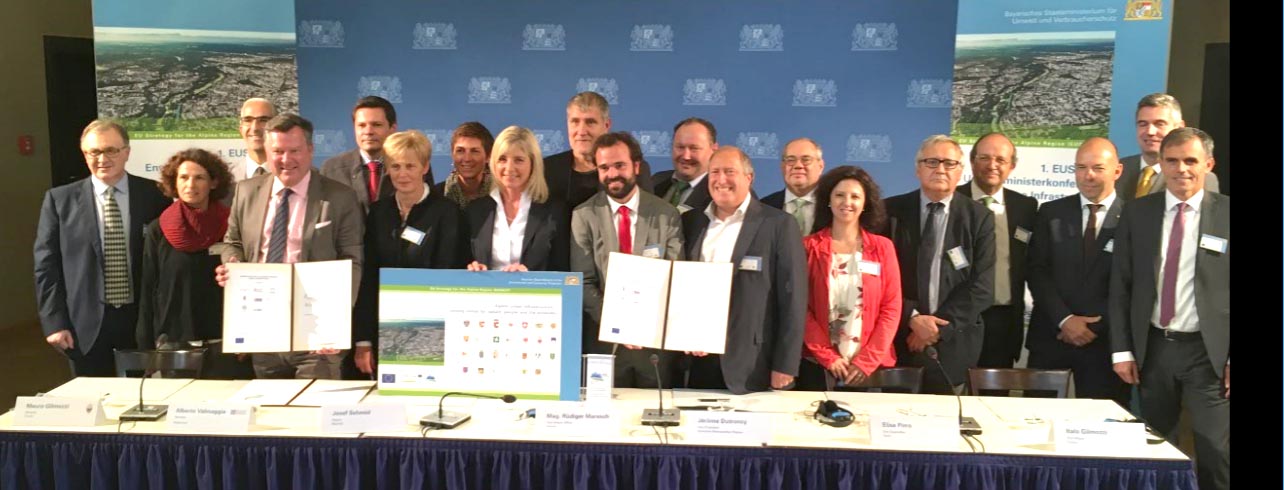
Comprehensively to the urban dimension AG 7 organised in 2018 the workshop “EUSALP meets LEADER”. The idea of community-led local development approach (CLLD) mobilizes and empowers local people and communities for shaping their own future.
Under representation of the European Parliament (Mercedes Bresso) and European Commission (DG AGRI) more than 50 participants from 6 Alpine countries discussed how CLLD and LEADER could match with Green Infrastructure maintenance and developed recommendations for AG 7, LEADER LAGs and the EU level. Regione Piemonte hosted this very successful meeting. One central outcome was the agreement among participants to engage for a closer embedding of GI in the LEADER program in the programming period 2020+. As a further consequence two new members in advisory capacity have been nominated for representing the LEADER network in AG 7. A full documentation is compiled in a poster which has been presented at the Annual Forum 2018 in Innsbruck to the public.
Link to the project website
